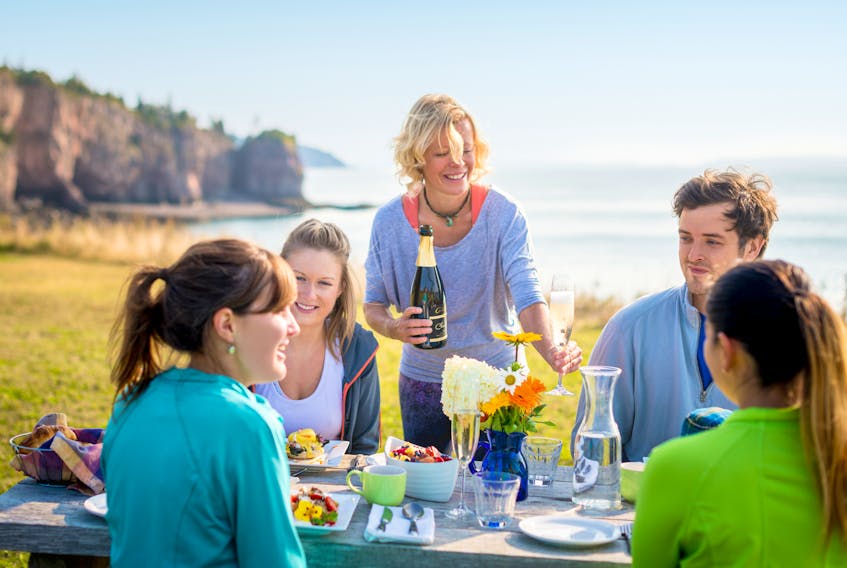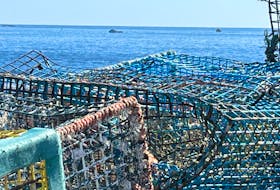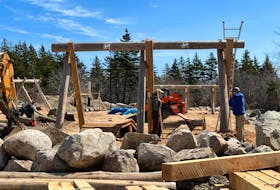This is the first in a series of articles reporting on the work of the Tourism Strategic Planning Committee formed to improve tourism’s contribution to the economy of the Cumberland Region.
Over two months ago, the province announced a $6-million infrastructure program to enhance the visitor experience at what it calls its iconic tourism sites.
While that program has a three-year duration, there were no provisions for investments in our county.
This comes as no surprise since we have yet to develop plans for investment in our tourism attractions that might have benefitted from such financial support.
But this is about to change thanks to a major collaborative effort between Cumberland County, and the towns of Amherst and Oxford, who will develop a joint tourism strategic plan with specific actions and investment opportunities to be in place by early next year.
This is not a trivial undertaking; expectations are high, with many players involved, and much work to be done.
The pressure to succeed is evident, since you only get one bite of this apple in a decade. And getting it right will depend on full support and participation of the community, and a positive mindset towards the value of tourism to the economy of our county.
And what an opportunity for the county and our two towns to show they can collaborate on such a major project and make profound change happen.
Good use is being made of an excellent planning guide put out by Tourism Nova Scotia which contains expert advice on establishing and managing a tourism planning committee of local players.
This guide suggests keeping the committee to a workable size, large enough that the tasks can be spread around, but not too big to be unmanageable.
The fifteen members selected seem right for this effort, with staff and council from each Municipality, six stakeholders from local tourism businesses, and a seat each for representatives of the Indigenous and Acadian communities.
The committee began by identifying what visitor markets we should be targeting, based on what we think travellers to our region are looking for; and what would be the primary motivators for these people to travel here.
The committee came to grips with what people are looking for with a novel approach using “Explore Quotient” profiles, which capture the primary motivators of different travel types, ranging from “Authentic Experiencer” to “No -Hassle Traveller”. There are nine distinct types that have been identified through tourism research and it works best to choose three of the most likely profiles that match what we have to offer.
And based on Tourism Nova Scotia’s visitor research the province has chosen the three profiles that they believe most closely match the province’s target markets. And they are “The Cultural Explorer”, “The Authentic Experiencer”, and “The Free Spirit”. The committee voted for these same three priority profiles to be adopted by the county.
As for the second question, on the primary motivators that would persuade travellers to visit, and then stay here, the committee learned about the concepts of “Demand Generators” which would motivate people to actually travel here, and “Demand Supporters” that would keep them here once they had arrived.
Some of the “Demand Generators” discussed in the committee were the Bay of Fundy, Joggins Fossil Centre, Northumberland’s warm water, etc., while some “Demand Supporters” considered were culinary experiences, festivals, craft learning, arts, theatre, etc.
This is a work in progress as the committee identifies these “generators” and then cross references them with the three “Explore Quotient” profiles they have chosen, to optimise their plans.
The next step for the committee will be to complete what is known as a S.W.O.T. analysis, standing for Strengths, Weaknesses, Opportunities and Threats; in other words, a situation analysis of where we stand on key issues around tourism.
To add some “real world” content to this exercise the committee is reaching out to key communities in the county with a “community engagement plan”, taking the pulse of local groups by engaging them in a S.W.O.T. analysis for their communities. You know, the kind of group exercise with pad boards and marker pens, and lots of arm waving.
Four such sessions are planned, and they were kicked off with a successful and lively event at the Joggins Institute a couple of weeks ago; with the remainder scheduled at other locations around the county.
From there they move on to the challenging tasks of developing a tourism “vision” for the community, and hopefully a powerful “brand” that captures what makes us so special. It then remains to set some challenging goals along with effective action plans…...all guaranteed to provide lots to be written about in the next articles in this series.









